Theme: The Secret to Finding Your Novel’s Soul
No matter how polished or well-written your novel is, it can still lack soul.
While structure and prose are essential to a successful story, often a story’s true soul is found in a less obvious element of the writing craft—theme. Your story’s theme is rooted in more than perfectly timed story beats and fancy words, because it’s about the cohesive feel and energy of your novel. Ultimately, this theme is what makes your story feel real.
Unfortunately, theme isn’t easy to pin down. If your plot and characters are perfectly structured, your prose elegant, and your concept compelling, what more can you do? How can you uncover your novel’s theme?
The True Meaning of Your Novel’s Soul: Theme
Contents
- 1 The True Meaning of Your Novel’s Soul: Theme
- 2 8 Questions to Ask to Master Your Novel’s Theme
- 2.1 What is your theme?
- 2.2 How does your theme intertwine with your plot?
- 2.3 Do your characters struggle with issues central to your theme?
- 2.4 Is your theme related to your hero’s inner struggle?
- 2.5 What is the natural pace of your novel?
- 2.6 Does your novel’s pace reflect the events of each scene?
- 2.7 Does your cast have room to become living characters?
- 2.8 What is your novel’s soul, and how can you draw it out?
- 3 A Story That Needed Theme: Doctor Strange (2016)
- 4 You Need a Powerful Theme
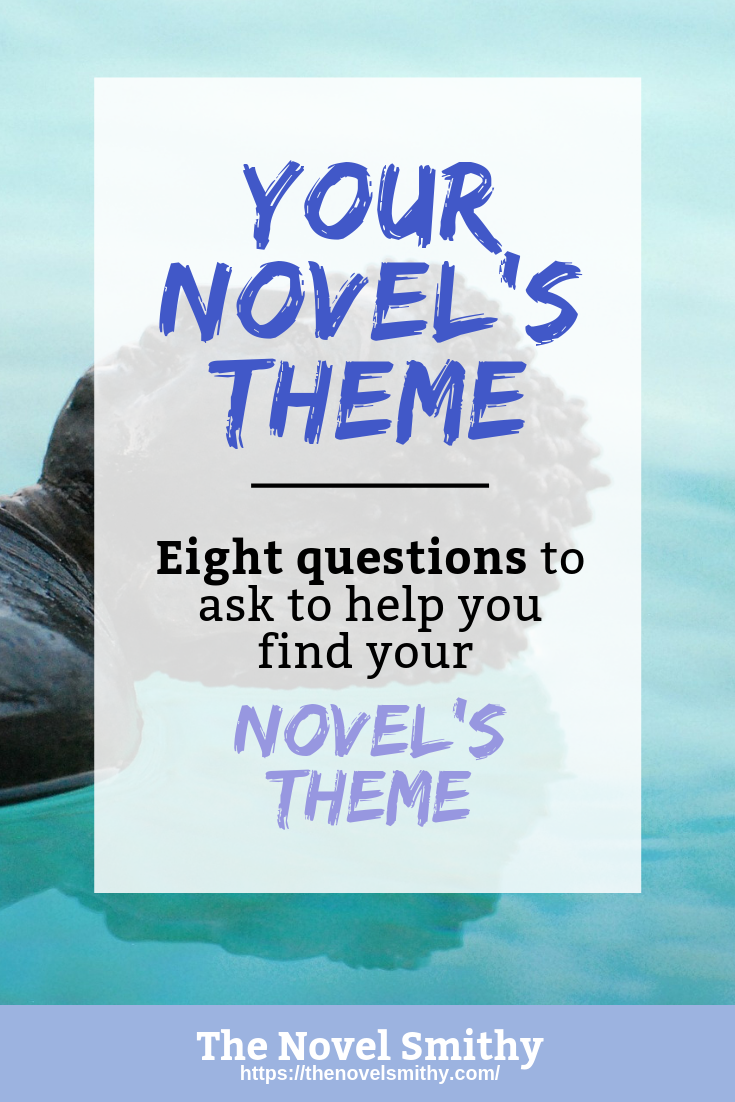 So often I see people discussing their third draft as just a cleanup of the second draft. In reality, it’s far more important than people give it credit for.
So often I see people discussing their third draft as just a cleanup of the second draft. In reality, it’s far more important than people give it credit for.
You can tell when a story hasn’t had a thorough third draft.
Think about it—you’re reading a novel that seems all over the place. It has the right structural beats, but nothing is connected in any deeper way. It’s just a straightforward progression of events with little reason to feel invested.
Even the characters seem disconnected and you aren’t sure if they really care about one another, even when they’re supposed to be feeling extreme emotions like grief or elation. Characters move around, solve problems, and get into fights, but that’s basically it.
It’s just hollow.
A novel that’s had a strong third draft will feel very different.
The structural beats are still there, but they feel like they’re building towards something bigger. Characters have quiet moments together, and you can feel their friendships and rivalries in every interaction. You watch as they grow closer or farther apart, you wonder about the storm you see coming on the horizon, and you deeply care about their future.
This story has a soul—a theme that feeds a steady pace, pulling you in and making you care. That’s the true power of theme—without it, you’re trusting your novel to stumble upon a cohesive vision with no conscious plan. Sometimes that works, but more often than not, it doesn’t.
“Books give a soul to the universe, wings to the mind, flight to the imagination, and life to everything.” – Plato
8 Questions to Ask to Master Your Novel’s Theme
Of course, you can’t tackle theme too soon.
Your story will be continually evolving and developing throughout your second draft as you make major edits, shift around plot points, and add or remove entire scenes. As a continuation of the first draft, the second draft is all about nailing down your story’s plot. Once you’ve done that, the third draft is where you can finally dive deep into your story and pull out the finer details that’ll make or break its success.
Problem is, the third draft deals with a lot more nebulous issues than the second draft.
It’s easy to look at a story structure like the Three Act Structure and realize you need to rewrite a scene so it works as your Midpoint. But that’s second draft stuff. The third draft is where you get into theme, something that isn’t as easily quantifiable. Your story’s theme will be unique to you and dependent on the story you’re trying to tell.
What should you look for when trying to pick out these issues? How can you refine them when they’re so unique to your novel? There isn’t a specific pattern to follow, but there are a few things to keep in mind.
What is your theme?
While this question seems simple on the surface, this is probably the most important question on this list. You need to actually identify your theme before you can polish it to perfection!
This is another strength of the third draft. Theme is something that emerges naturally as you write and it’s rarely something you’ll be able to plan for in the outlining phase. Even if you have a planned theme, it’ll evolve and change by the time you reach your third draft, and you’ll need to define it all over again.
At it’s core, theme is the underlying moral/meaning of your novel.
It’s an abstract concept, so it’s hard to pin down, and one novel can have different themes depending on who you ask. However, as the author, try to pin down one “main theme” as you write, even if other secondary themes emerge on their own. Your main theme could be about finding honor, trusting your faith, or learning to be generous. Part of what makes theme so complex is that there are as many possible themes as there are people—everyone will have a different take on these abstract issues.
So when you first sit down with your third draft, you need to define your story’s theme.
What main issue does your story comment on? Better yet, what do you want your story to comment on? Once you’ve decided, write your theme down in one sentence (or better yet, a few words) on an index card or at the top of your third draft, so you’ll always have it there to reference.
How does your theme intertwine with your plot?
Once you’ve written down your theme, you can look at how it interacts with the events of your story. By this I mean:
How does the conflict of your novel directly involve your theme?
If your theme is all about friendship, the conflict of your novel should touch on friendship, and require friendships to be made or broken for the conflict to progress. You should connect each major plot point in your novel to your theme while showing how the conflict is changing in relation to that theme.
Of course, this is easier to show with examples. For the rest of this post, I’ll be using two very different, but equally well-written stories to help explain these questions: Shane, and The Emperor’s New Groove.
While a classic, brooding western and a colorful, Disney buddy-comedy have little in common on the surface, upon closer inspection you’ll find that both of these novels have strong themes and even stronger souls.
Shane (1953):
The theme of Shane is much like the theme of many old cowboy movies—honor.
In relation to the plot, that theme of honor manifests as the conflict between the homesteaders, led by Starrett, and the rouge cattle drivers, let by Ryker. The homesteaders believe their sedentary way of life is honorable because of the hard work and sweat they put into their land. Likewise, the cattle drivers believe their life is honorable for the same reasons, and wish to drive out the homesteaders who are impeding their herds. Both view their struggles as more honorable and just than the other’s. In the middle of this is the gunslinger Shane, who acts as a judge of the true honor of both sides.
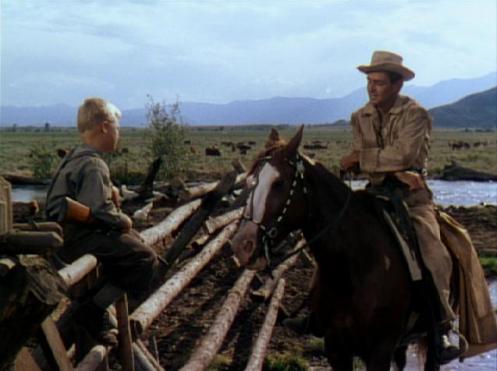
The Emperor’s New Groove (2000):
Very different from Shane, The Emperor’s New Groove focuses on themes of generosity. The basis of the plot is that a selfish emperor, Kuzco, is turned into a llama after mistreating his advisor. Even after becoming a llama and desperately needing the help of Pacha, who accidentally rescues him from being murdered, Kuzco won’t let go of his selfishness—he truly only cares about himself.
The rest of the movie’s conflict focuses on Kuzco’s selfish behavior as he struggles to return to his human self, learning to be more generous in the process.
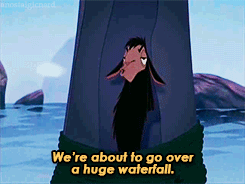
Do your characters struggle with issues central to your theme?
Just like your plot, your characters should be affected by your novel’s theme. While not every character in your story will have a fully fledged character arc, the main cast probably will, and all of their arcs should touch on your theme.
Do your main characters struggle with or think about your theme?
For instance, the original Star Wars trilogy focuses on a theme of faith. Luke learns to have faith in the Force despite his many struggles, while Han Solo at first rejects that faith and later embraces it in his own unique way. Meanwhile, Leia embodies that faith from the beginning, along with Obi-Wan and many of Luke’s other mentors.
By making this theme a part of every main character’s arc, the story creates a natural connection between all its characters. They’re all struggling with or embodying different angles of the same core idea. When you combine that with a plot that also deals with themes of faith, you end up with a compelling trilogy of movies that all feel deeply connected beyond being set in the same universe.
I previously commented on Luke and Han Solo’s shared struggles with faith, however there’s an important distinction between the two. While Han Solo learns to accept the Force, that’s not the point of his character arc. Solo’s arc is more about learning to be selfless and to care for others than about finding faith—faith is a secondary effect of that shift towards selflessness.
Luke, however, is the protagonist, and thus his arc carries more weight.
Luke’s character arc needs to be about faith, because as the protagonist he embodies the trilogy’s theme. Fortunately, his arc is exactly that—a classic Hero’s Journey where he learns to have faith in himself, his abilities, and in the larger power of the Force.
Shane (1953):
The entire basis of Shane’s character arc is honor—the honor of standing up for the homesteaders versus the honor of leaving his violent past behind.
Shane is deeply concerned with his own honor, and struggles throughout the movie with balancing his different concepts of honor. Likewise, the rest of the cast deals with honor as well. Starrett and the homesteaders talk about how honorable it is to cultivate the land while Ryker talks about the cattle driver’s right to claim the valley as a matter of honor. Importantly, Starrett’s wife, Miriam, has a different concept of honor. She believes peace is honorable, providing a contrast for Shane as he grows more aggressive in his defense of the homesteaders.
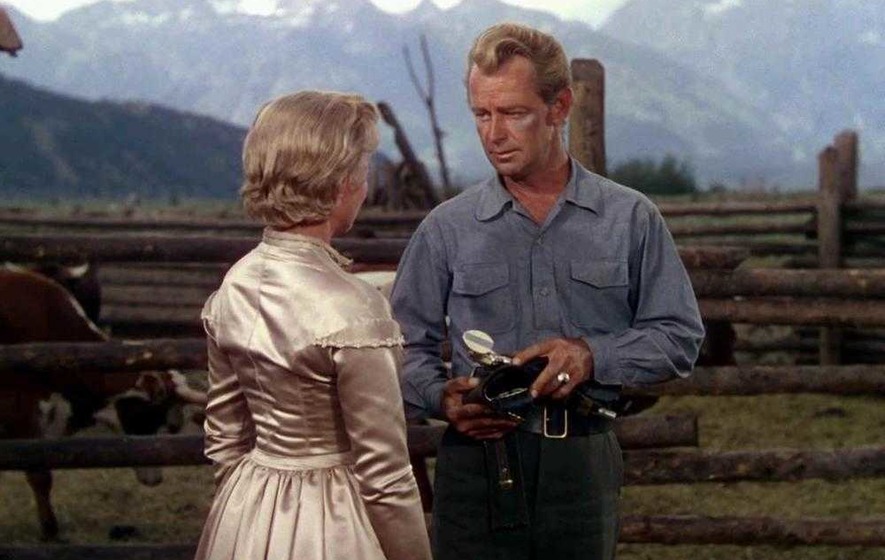
The Emperor’s New Groove (2000):
Thanks to Disney’s formula, Kuzco’s struggle to embrace generosity is fairly straightforward. He begins the movie selfish, continually failing until he shows genuine generosity. In fact, he faces literal death in multiple scenes if he fails to compromise with Pacha. And much like Shane, the rest of the cast deals with generosity as well, with Pacha and his family being a model of generous behavior while Kuzco’s evil advisor embodies the opposite.
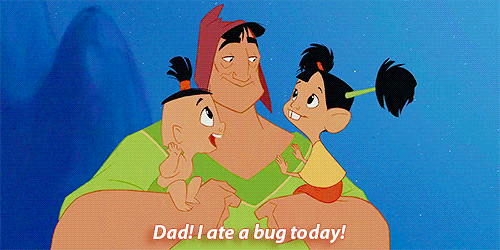
What is the natural pace of your novel?
Once you have a good grasp on your theme, you can look at how it manifests in your novel’s pacing.
But what exactly is “pacing”?
Put simply, your story’s pacing is the rate at which your plot unfolds. Your pacing determines how short or long your prose is, how quickly or slowly your scenes play out, and how fast the conflict moves forward.
When a novel has good pacing, the story ebbs and flows. Major plot points and moments of action move at a faster pace while moments of reflection are slower. This pace lets your novel feel like a real world with a real sense of time and place. It gives major scenes the tension they need because every scene isn’t moving at breakneck speed—only the most important ones.
Of course, every type of story needs different pacing, hence the question above. Often this is determined by genre—romance novels tend to unfold at a more leisurely pace than hardcore action thrillers. However, regardless of genre, you determine the pace of your novel. If you want it to feel intense and punchy, a faster pace makes sense. On the other hand, if you want to take your time and explore your story’s world and characters, opt for a slower pace.
Either way, every novel needs a balance of faster and slower paced scenes to highlight the moments most important for it’s theme.
Does your novel’s pace reflect the events of each scene?
With your pacing decided on, you can focus on how each individual scene unfolds.
Just like I mentioned above, different scenes need different pacing. A fight scene will unfold more quickly, with shorter sentences and sparser prose. Conversely, a long inner monologue from your protagonist should take it’s time, exploring their ideas and emotions fully.
Pace shouldn’t be constant throughout your story—if everything moves at a slow pace, then the deep moments of reflection that would normally move slowly become indistinguishable from the rest of your novel. Likewise, if everything unfolds in a rush, action scenes like your Climax will feel unremarkable, undermining your theme.
Shane (1953):
When most people think about Westerns, they think about modern, action filled, gunslinging showdowns. Shane comes from a time before that trend, and has a slow, purposeful pacing. This makes sense—the lives of the homesteaders unfold without a rush, and the pacing serves to reflect that. It makes the whole movie feel contemplative, matching Shane’s own mindset.
Of course, gunfights and brawls move quickly compared to the rest of the movie, but they don’t take up more than their fair share of run-time. Overall, Shane is an “action movie” with a slow pace, and with good reason—it lets the audience get into the mindset of Shane himself, without ever requiring a long inner monologue.
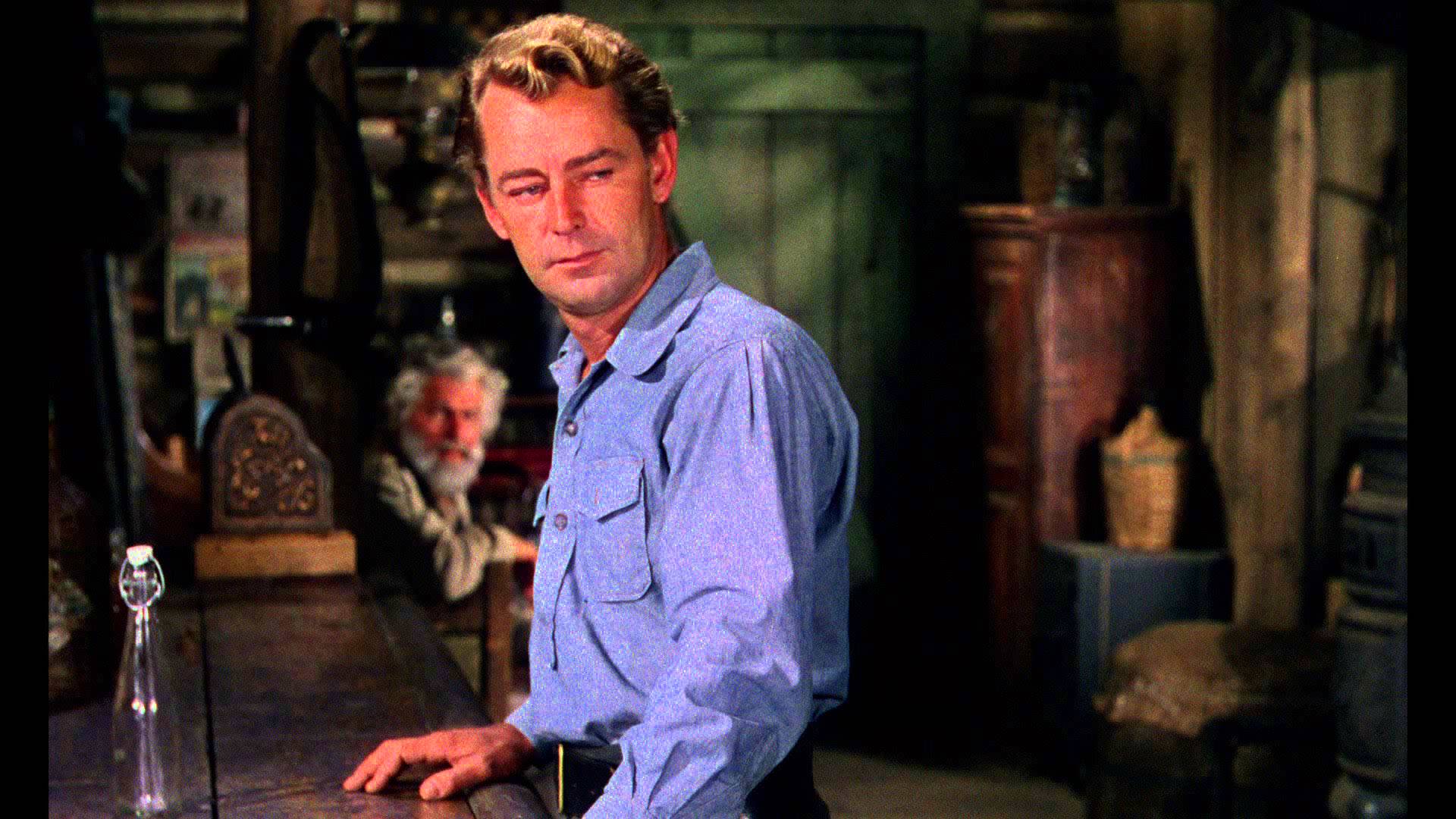
The Emperor’s New Groove (2000):
The Emperor’s New Groove has faster pacing than Shane, but still strikes a healthy balance. This quick pace makes sense in a sarcastic, snarky movie like this. However, the movie still takes time to let reflective scenes unfold, giving viewers long pans of the landscape or letting us sit and watch Kuzco’s expressions. Major plot points and moments of conflict (running from panthers, for example!) are more impactful because of this balance.
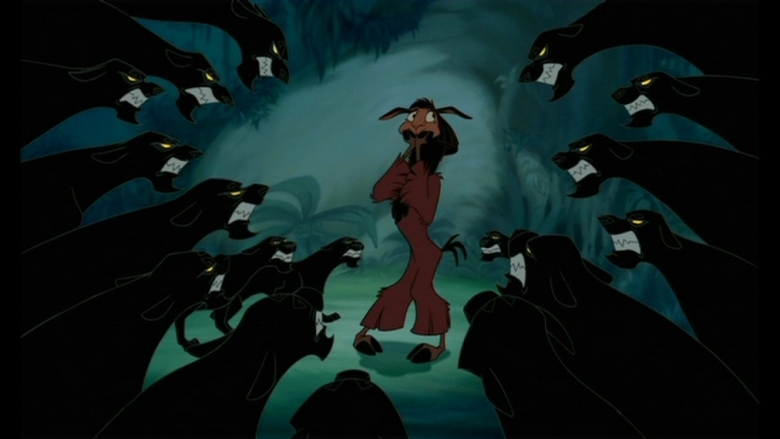
Does your cast have room to become living characters?
Until this point, you might’ve been wondering why scenes of reflection need a slower pace. What makes them so special?
Well, if you want your characters to feel like real, meaningful people, they need the space to breathe.
Characters can’t simply zip from one major confrontation to the next. They need a chance to develop relationships, friendships, and reflect on their experiences and the world they find themselves in. These moments of reflection are also a great time to showcase how your theme impacts your characters. Ultimately, this is one of the fundamental principles of scene structure—after a period of action, you need a corresponding period of reaction.
These periods of reaction are where your pace will naturally slow down.
Characters that seem to jump suddenly between different emotions, mindsets, or friendships appear that way because of a lack of slow paced scenes. When your cast doesn’t get enough breathing room, your whole story feels fake as a result.
What is your novel’s soul, and how can you draw it out?
Finally, we come to the big question. After all this work, what exactly is your novel’s soul?
Unfortunately, your novel’s soul is even more nebulous than your theme, but that doesn’t mean you can’t define it. Your novel’s soul is its core identity. It’s related to theme, but different. Your novel’s soul is the unique combination of theme and characters that make your novel feel magical and real in your reader’s minds.
Your story’s soul is what sticks with them long after they’ve put your novel down. Well balanced pacing is what magnifies that soul for your reader’s benefit, and theme is what helps bring it alive.
In the end, there’s no trick to finding your novel’s soul, only a long stretch of reflection. Don’t be afraid to take your time answering this question. Reread your draft and contemplate what makes your novel feel meaningful. Of course, seeing examples can definitely help get you inspired!
Shane (1953):
Shane’s soul is rooted in honor and isolation, in longing to be a part of something even when you know you can’t be. Every slowly paced scene of Shane growing closer to the homesteaders carries with it the dark understanding that he’ll never be able to stay. It gives the viewers time to reflect on that feeling. If he fights to protect the homesteaders from Ryker, he’ll drive himself away, but if he does nothing, they’ll be driven out instead. It paints the whole experience in darker colors, turning an otherwise straightforward Western into something more meaningful. It leaves your heart aching for Shane.
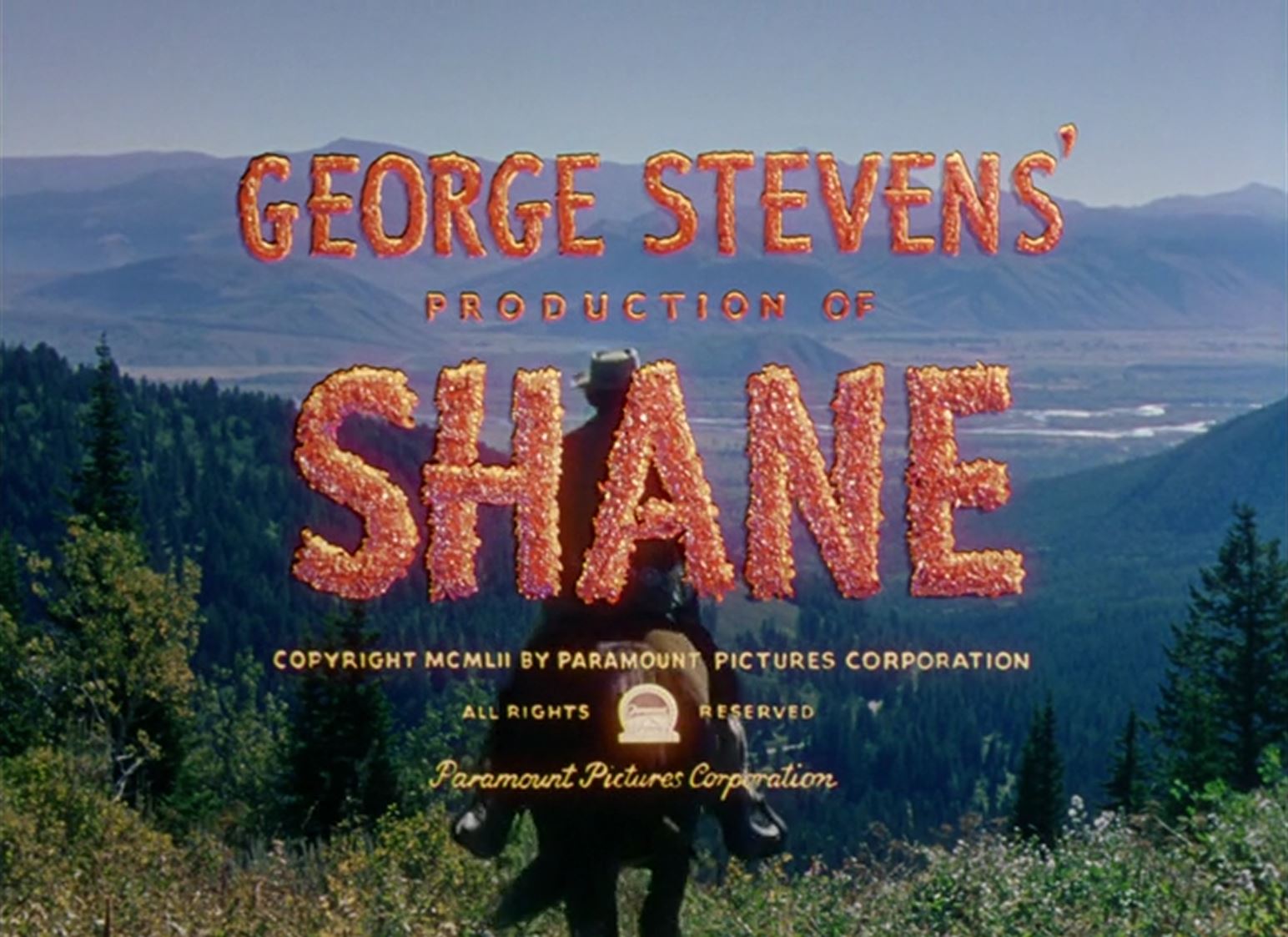
The Emperor’s New Groove (2000):
The Emperor’s New Groove finds its soul in its humor, sarcasm, and unique sense of snappy, silly comedy. This defines everything from the character’s attitudes to their designs and bizarre antics. Every scene, no matter how low of a moment it is for Kuzco, has a tinge of sarcasm to it, and that’s what makes the story stick with you.
Of course, this sarcastic humor wouldn’t work as well without the relationship between Pacha and Kuzco, which exists thanks to a variety of slowly paced scenes where the two develop an understanding. Contrast that with the quick and frantic chase scenes and final confrontation, and the move strikes a great balance between being slapstick and not overly sappy.
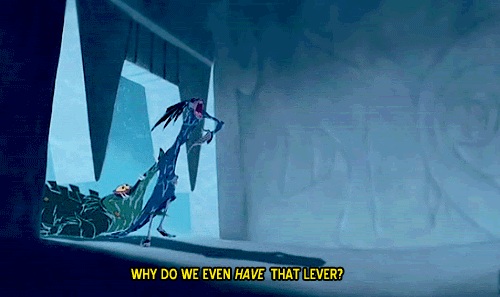
A Story That Needed Theme: Doctor Strange (2016)
So far, I’ve been using examples from movies that clearly had a strong theme. They were impactful, their pacing was balanced, and their soul stood out. However, it seems equally valuable to study a movie that lacks these strengths—Doctor Strange.
I watched Doctor Strange a few months ago during a late night Netflix party. It seemed to have all the makings of a fun movie, but at the end I felt disappointed. The movie had all the right beats, but no meat on its bones. The characters moved on a railway track seemingly without agency, and even though Strange had a clear character arc on the surface, none of his growth was earned or even realistic.
It was bizarre—the movie had a compelling structure and a cast with so much potential.
I had to wonder, what went wrong?
Act 1: The Setup
After a brief prologue where we’re introduced to the movie’s resident big bad, the story shifts focus to Dr. Strange.
Strange begins the story as a selfish and self-centered neurosurgeon. He’s more interested in advancing his own reputation than in actually caring for others (not unlike Kuzco, in fact). This begins to change when he’s in a horrible car crash and shatters the bones in his hands. With his hands now mangled and shaky, Strange can no longer be a surgeon, and loses the thing he had worked hardest to get—his prestige.

Of course, Strange struggles against his new disability. He undergoes multiple surgeries, but they don’t help. Finally he runs into a man who was once paralyzed but was miraculously healed. After a few questions, the man directs Strange to the monk that healed him. Strange scoffs at first, but ultimately sets out for Tibet.
Overall, there aren’t any major red flags here. Act 1 is simply setting up the conflicts to come in Act 2 (or so it seems). The holes begin to show later.
Act 2: Hollow Friendships
Once in Tibet, Strange meets the Ancient One, a sorcerer that possesses tremendous power, along with her senior trainee, Mordo. At first he resists believing in magic, but within the span of one scene he shifts entirely, asking the Ancient One to train him and heal his hands. Reluctantly, she agrees.
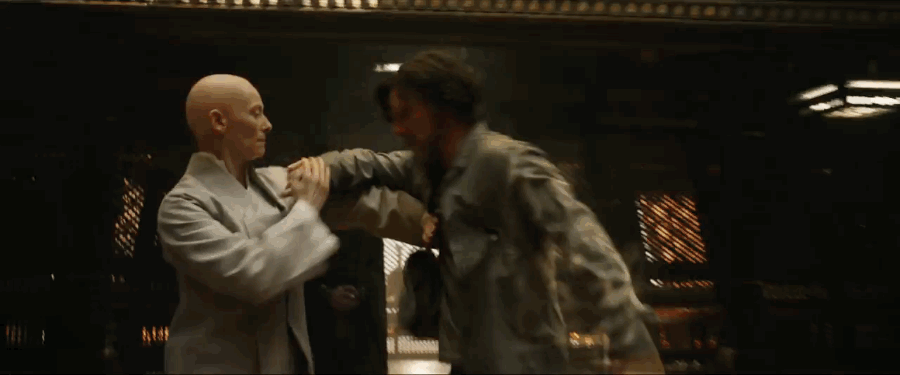
What follows is a sudden jump where Strange goes from wounded and fragile to a protege sorcerer.
His hands rarely come up. He, the Ancient One, and Mordo form their friendship off screen. Before long the villain shows up again, and the movie throws Strange into battle—the New York branch of his school is attacked, and he’s left to defend it, narrowly escaping death. In the process, he learns that the Ancient One’s long life is only because of her abuse of magic. Despite these seemingly major developments, he remains the same aloof, “Sherlock-type” character as before.
Then, before the final battle begins, Strange meets with the Ancient One as she dies. She warns him about the compromises she had to make to protect the world before fading away.
This is where the movie’s biggest problems begin. With such an emphasis placed on action, we never see the supposed relationship between Strange, the Ancient One, and Mordo develop. We’re simply told that they’re close friends. As a result, the Ancient One’s death seems… meaningless.
Strange’s arc is equally underdeveloped. His injuries simply disappear, and you have to wonder if their only purpose in the story was to get him to Tibet. His desire to be healed is removed as a motivation and never replaced, leaving the setup of Act 1 unresolved. Meanwhile, his arc stagnates. The result is a story that feels hollow, because there is no cohesive theme tying Strange’s arc and the conflict of the movie together.
It leaves you wondering if most of Act 2 was cut post-production.
Act 3: A “Dramatic” End
With the Ancient One out of the picture, the villain has free reign to destroy the world, and it’s up to Strange and Mordo to stop him. The rest of the movie is dedicated to a dramatic and honestly interesting fight scene. The visuals are cool and the time traveling premise is fun.
Unfortunately, Act 3 is deeply lacking because of how much Act 2 dropped the ball. Strange never grew as a character (at least not on screen), and has no culmination of his arc. He seems unperturbed by the danger and destruction he faces, stealing away any tension from the finale of the movie.
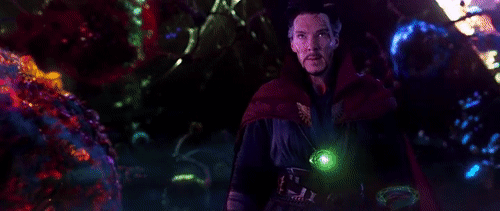
Worst of all, Mordo rejects Strange right after the final battle, claiming he abuses magic just like the villain. Mordo’s abandonment is meant to be impactful in the same way Captain America’s betrayal of Iron Man was in Captain America: Civil War.
Unfortunately, in reality it just seems contrived.
Strange and Mordo’s relationship never developed in a meaningful way, and we have to question if they really had a friendship at all. While the movie thinks they did, the audience isn’t sure. It left me wishing they had expanded on those early scenes at the start of Act 2, when the movie still had so much potential.
You Need a Powerful Theme
After watching Doctor Strange, it became even clearer how important the third draft was.
When you ask yourself what the soul of your favorite story is, you hopefully don’t struggle for an answer. It’s part of what made you love the story in the first place, and it’s intrinsically tied to that story’s theme. But if you ask me what the soul of Doctor Strange is, I draw a blank.
It leaves an otherwise enjoyable experience feeling hollow.
With a stronger theme and a more attentive round of revisions, all of that could’ve been avoided. By taking the time to highlight the theme of the movie and correct the pacing issues throughout Act 2, Doctor Strange could have been a better experience, one held much higher in the Marvel pantheon. Unfortunately, the writers didn’t go that route for this movie. After reading this post, I hope you’ll understand how critical theme is and won’t make their same mistakes.
No matter how perfect your second draft may be, it always pays to take the time for the finer aspects of storytelling! 🙂


Leave a Reply